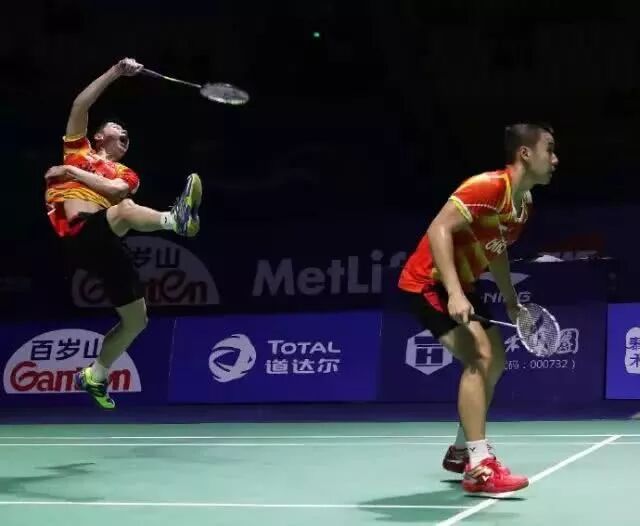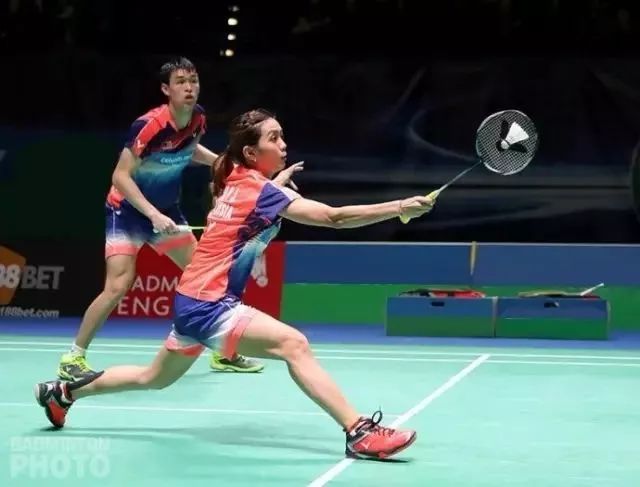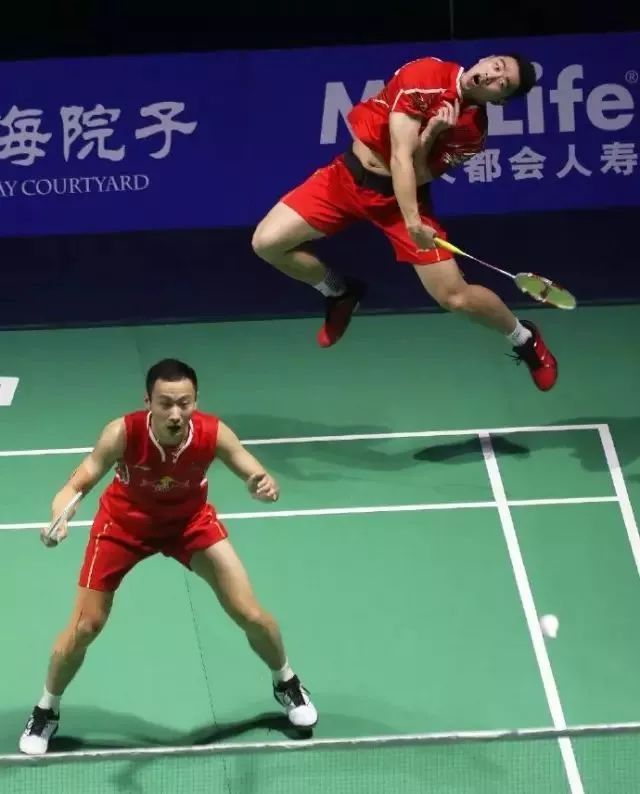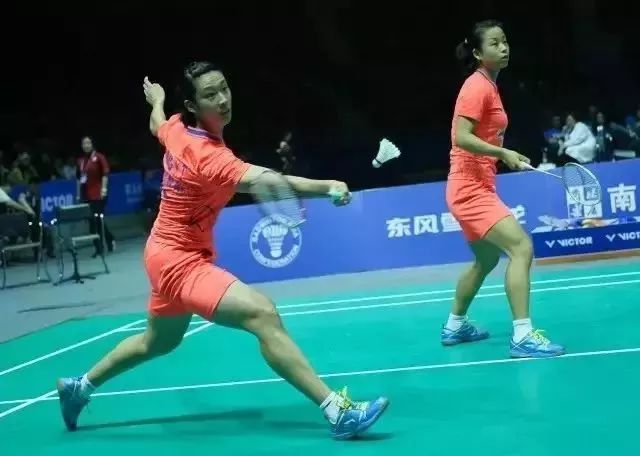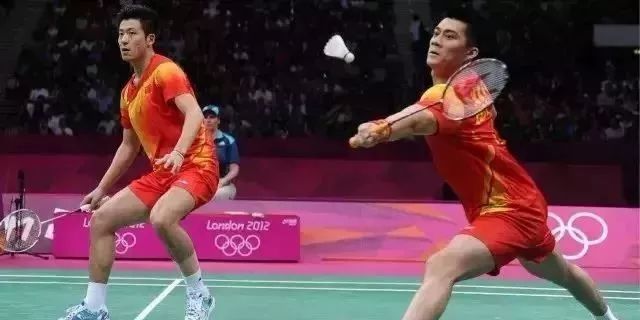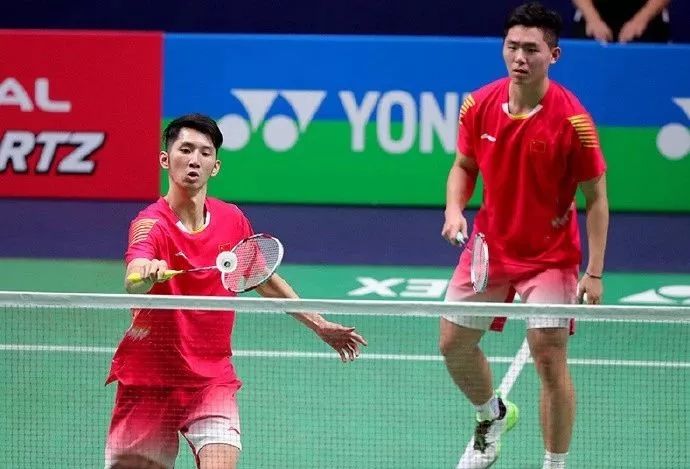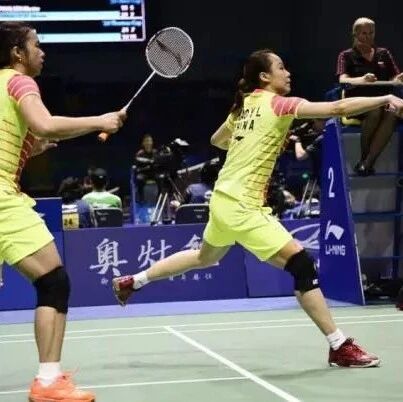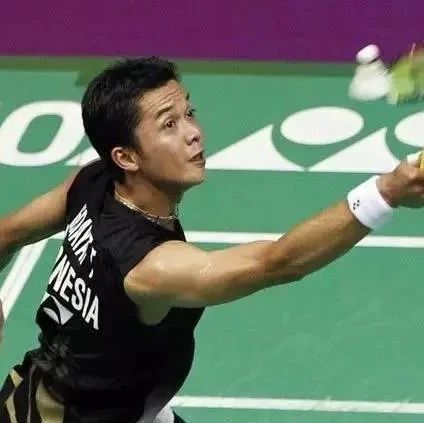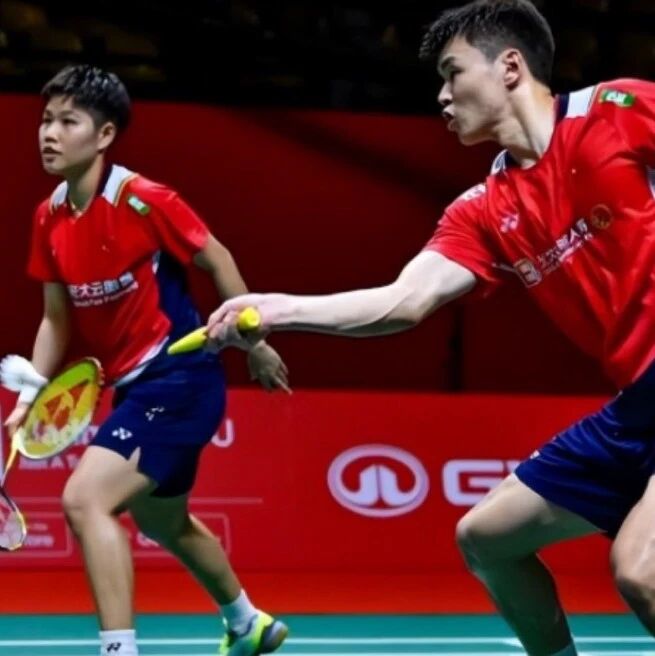Common FAQs for Amateur Doubles—see how many apply to you

In badminton, doubles offer a more inclusive appeal—requiring relatively lower levels of physical exertion and intensity, while also allowing for the most efficient use of court space. Moreover, doubles typically don’t demand exceptionally high individual technical skills or physical fitness; as long as partners adhere to a few key coordination principles and develop a solid understanding of each other, they can often achieve strong performance in real-game situations.
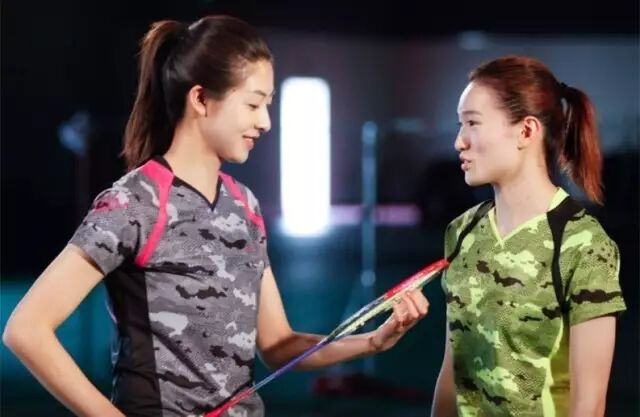
Sister Lan has compiled some common issues in amateur doubles—see if any of them apply to you!
Holding the racket seems to be the hardest habit for amateur players to develop.
The importance of holding your racket high goes without saying—beyond quickly sealing the net, it also protects you from being caught off guard by aggressive, close-range shots or even a clean head-on hit. In doubles play, there are plenty of opportunities for flat exchanges. When faced with an opponent’s attacking shot, players often instinctively return the ball. However, once you develop the habit of keeping your racket up, returning those aggressive, pressured shots becomes significantly easier.
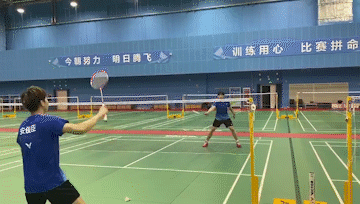
What’s most frustrating in doubles? Probably watching a seemingly golden opportunity get blown away by your partner’s “fake move.” Maybe it’s just a habit formed during singles practice—most players start their training with one-on-one matches, where hesitation and feints to trick opponents into second movements are incredibly common. As a result, even when they reach the peak of their swing while playing doubles, they instinctively pause for a split second. But this very habit can become downright deadly in doubles. After all, doubles demand speed, precision, and power. Not only might that fake move fail to deceive your opponent, but it also delays your timing, turning what should be an easy winner into a rushed, defensive shot—leaving you scrambling to recover.
Amateur players often struggle with handling the backhand in the backcourt. Without consciously protecting their backhand, they tend to repeatedly allow opponents to score from the same shot placement. That’s precisely when you need to use deliberate footwork to cover and shield your backhand. A well-timed "Malaysian step" can even throw off your opponent’s strategy of targeting your weaker side.
Coordinated awareness is the blend of thought, action, and speed. Multiple shots are the main theme in doubles play, making coherent awareness especially crucial in this format. Players must promptly assist their partner by covering the net after their opponent’s shot. It requires perfect coordination of footwork—ensuring that mind, hands, and movements all align seamlessly. Finally, it’s about moving and positioning yourself strategically alongside your partner, patiently waiting for the next return.
When attempting a drop shot to your opponent’s backcourt, do you ever feel nervous—your face tightens, your hands tremble, and your footing becomes unsteady? For many amateur players, a poorly executed flat high shot either sails out of bounds or drops into the net, leading to some pretty serious consequences. So, unless you’re absolutely confident, don’t risk hitting that flat high drop shot lightly.
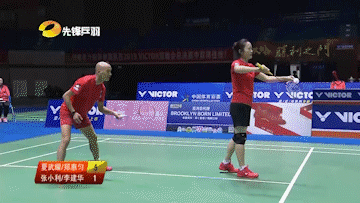
When the opponent attacks, should our defensive positioning face the net or the incoming ball? The answer is: face the incoming ball.
Most players with poor defense simply aren’t prepared enough. Lowering your center of gravity, raising your racket, and positioning yourself directly in front of the incoming shot are the right techniques for handling smashes.
Players with outstanding individual skills all share one thing in common: a strong presence in the backcourt. It’s all too common on amateur courts for two players, confident in their backcourt abilities, to hesitate or even refuse to contribute at the net. But remember, doubles is a partnership between two players—so when your partner is charging aggressively from the backcourt, it’s only natural and the right move for you to step up and defend the net with determination.
Across the net stands a setup—will you choose to lift the ball defensively, or will you bravely step into the net to create opportunities for your teammates? While lifting the ball when opponents set up at the net is common, few players dare to master that delicate art of using minimal effort to control the match right at the front of the court.
There’s a general rule: Whether it’s attacking or defending in the middle or front court, or engaging in quick, steady rallies at the net, the player who changes direction first usually scores the point. On the other hand, repeatedly hitting flat shots or powerful smashes without variation often leads to prolonged attacks that eventually result in the ball going out of bounds or into the net.
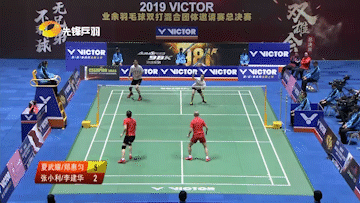
We believe that solving these issues will make your doubles play much smoother.

